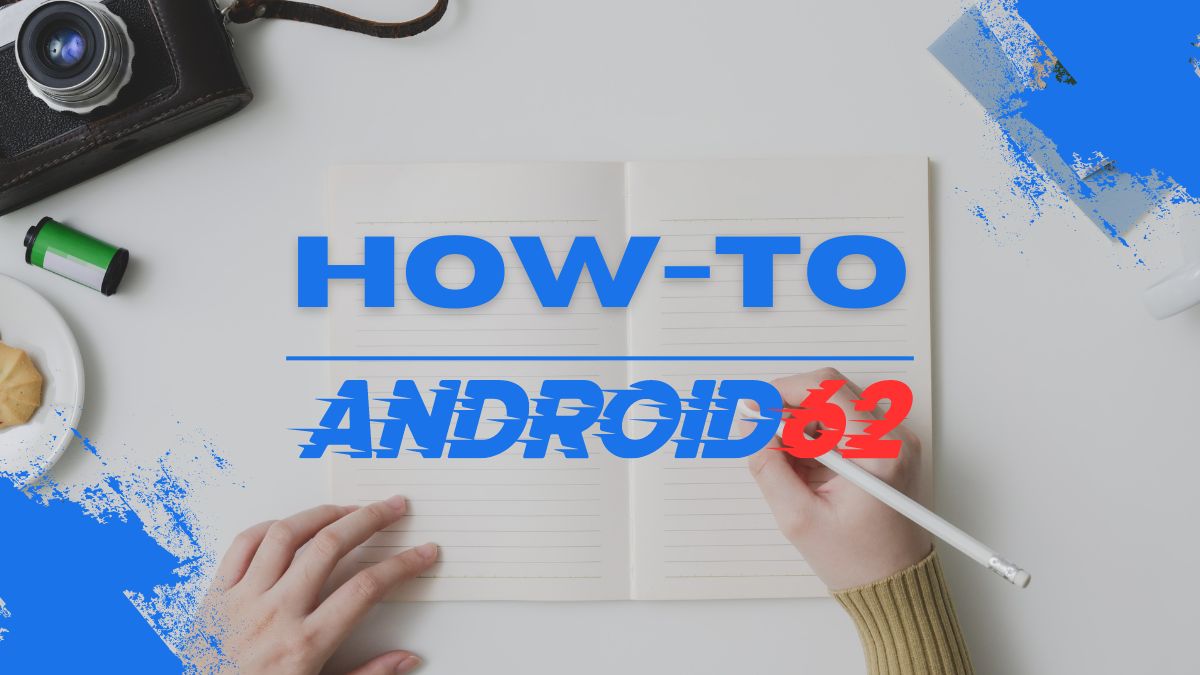
The iPhone screen lock feature is designed to protect your device from unauthorized access, but there might be times when you prefer to disable it for convenience. This article provides comprehensive instructions on how to turn off the screen lock on your iPhone, exploring the settings available and some related features.
Understanding Screen Lock on Your iPhone
Screen lock serves as a security measure to protect your data and privacy on your iPhone. When enabled, it requires a passcode, Face ID, or Touch ID before anyone can access your device. While this feature is crucial for safeguarding your personal information and preventing unauthorized access, situations may arise where disabling the screen lock is more practical.
In this section, we will delve into what screen lock is, how it functions, and why you might want to turn it off temporarily or permanently.
What is Screen Lock?
The screen lock on an iPhone is a feature that locks your device after a set period of inactivity. It prevents others from accessing your personal data and applications without your authorization. The screen lock can be secured with various methods like a passcode, Face ID, or Touch ID.
Why Turn Off Screen Lock?
You might consider turning off the screen lock for various reasons, such as:
- Convenience: Disabling the lock makes it easier to access your phone quickly, especially if you frequently need to check notifications or use apps.
- Usage Scenarios: For certain activities like presentations or viewing media, you may want uninterrupted access without having to unlock the screen repeatedly.
How to Turn Off Screen Lock on iPhone
Turning off the screen lock on your iPhone is a straightforward process. You can achieve this by navigating through the Settings app. This section will guide you step-by-step on how to do this effectively.
Step-by-Step Guide
- Unlock Your iPhone: Start by unlocking your device to access the home screen.
- Open Settings: Look for the “Settings” app, which typically appears as a gear icon. Tap to open it.
- Go to Face ID & Passcode or Touch ID & Passcode: Depending on your model, locate either “Face ID & Passcode” or “Touch ID & Passcode.” Enter your passcode when prompted.
- Disable Passcode: Scroll down and look for the option labeled “Turn Passcode Off.” Tap this option.
- Confirm: You will be prompted to confirm your decision to turn off the passcode. Follow the on-screen instructions to complete the process.
Alternative Option for Auto-Lock
If your goal is simply to prevent the screen from locking automatically rather than disabling all forms of locking, follow these additional steps:
- In the Settings menu, tap on Display & Brightness.
- Look for Auto-Lock.
- Select Never to prevent your iPhone from automatically locking.
Additional Features Related to Screen Lock
In addition to the basic screen lock, iPhones come equipped with several features that enhance usability and security. Understanding these can help you manage your device more effectively.
Managing Face ID and Touch ID
For users looking to maximize convenience while keeping their devices secure, Face ID and Touch ID are excellent features. However, you may want to modify their settings if you’re turning off the screen lock.
Face ID/Touch ID Setup:
- In Settings, select Face ID & Passcode or Touch ID & Passcode.
- Here you can add or remove fingerprints or manage how these features are used for unlocking your device and authorizing purchases.
Using Attention Aware Features
If you want your iPhone to behave intelligently to prevent screen locking while you’re looking at it, consider utilizing the Attention Aware Features.
- Navigate to Settings, then tap Face ID & Passcode.
- Scroll down to Attention Aware Features and ensure it is enabled.
This setting keeps your iPhone screen active when you’re looking at it, helping minimize interruptions.
Troubleshooting Common Issues
While the process to turn off the screen lock is usually seamless, there can be occasional hiccups. Here are some common issues users may encounter and practical steps to resolve them.
Unable to Disable Passcode
If you are facing issues with turning off the passcode, it might be due to certain restrictions or configurations on your device.
Check for Restrictions:
- Go to Settings > Screen Time > Content & Privacy Restrictions.
- Ensure any relevant restrictions are moderated so they do not interfere with your ability to remove the passcode.
Device Not Recognizing Face ID or Touch ID
Sometimes, the Face ID or Touch ID feature may not work seamlessly, making it tough to manage screen lock settings.
How to Fix It:
- Re-register your Face ID or Touch ID. In Settings, go to Face ID & Passcode or Touch ID & Passcode and select Reset Face ID or Reset Fingerprints.
- After resetting, set the feature up again to ensure it functions correctly.
Exploring Security Implications of Turning Off Screen Lock
Disabling the screen lock can significantly impact the security of your personal information. This section examines the security implications for mindful users considering this change.
Risks of Disabling Screen Lock
Without a screen lock, your personal data is more vulnerable:
- Accidental Access: Anyone can view your notifications, apps, and sensitive information.
- Data Breaches: In the event of loss or theft, your information is exposed without a passcode barrier.
Balancing Convenience and Security
The key to managing screen lock effectively is finding a balance between convenience and security. Here are some tips:
- If you regularly need quick access to your phone, consider a shorter auto-lock time rather than disabling it completely.
- Set up alerts or Monitors to keep track of your important data even without a screen lock.
Conclusion
Disabling the screen lock on your iPhone can enhance your accessibility while potentially compromising your device’s security. By following the steps outlined, you can quickly and easily manage screen lock settings according to your preferences. Additionally, being mindful of the implications of this choice can help ensure your personal information remains protected.



